The Colorful World
of Jane Gottlieb
Artist Infuses Joy and Energy
Through the Lens of Color
By Roger Durling | December 8, 2022

On a rare October rainy day in Santa Barbara, I drive toward the foothills for the first of three conversations with renowned artist Jane Gottlieb. My head feels congested with worries about the midterm elections and mundane work-related stress about deadlines and budgets as I drive through winding streets of Mediterranean-style homes monochromatically painted in beige and brown. My imagination transports me to the sepia section of The Wizard of Oz when Judy Garland opens the door and is stunned by the multi-hued world she enters, as I find myself in front of a gate that opens unto Gottlieb’s Technicolor home — the entire exterior is painted in bright shades of yellow, green, purple, and hot pink. The sprawling house is done in a constructivist style, its geometric indulgences accentuated by different tints.
I feel as if I have stumbled onto a real-life Candy Land, and as I take it all in, an unmanageably big grin sneaks up on my face. “Forget your troubles, c’mon, get happy!” starts playing in my mind.

As I park my vehicle, my eyes continue wandering to the gardens and the ocean view. The elaborate pool is also bathed in day-glow tones, and sculptures accentuate the surreal landscape. I feel as if I were literally walking into a painting.
This is Jane Gottlieb’s world — where color is heightened, and the elevated stimulus is the status quo. Resistance is futile; my smile is now a permanent fixture.
Bruce Robertson, director emeritus of the UCSB Art, Design & Architecture Museum, told me, “Jane’s not focusing on critical social or environmental issues as so many artists are, but on something fundamental to art, and, she would argue, to life, to our lived experience — and that is color. She’s part of a long tradition of modern artists who have used color to explore experience, from Kandinsky and O’Keeffe (who were contemporaries) onward.” He continues, “She jazzes up the world and takes color as a synonym for energy, joy, happiness — with the hope of producing the same reactions in her audience.”
Gottlieb comes out to greet me, followed by her four rescue dogs: Popcorn, Pepper, Lulu, and Freddie. Unsurprisingly, she’s dressed in vibrant colors. “The house was built in 1977,” she says. “I bought it from a former drug dealer who used it as a party house. It was a lemon. Everything was wrong with the house — I had to conquer it.”
She leads me to her office/studio and the rush and juxtaposition of color continues. “This is the fourth house I’ve done like this,” she shares. “I started painting my houses when I was in my thirties. Why would people buy a beige chair or paint their house the color of dirt? Mine is the color of flowers.”

Beside the walls, every piece of furniture, artifact, and fixture reverberates in a divergent tincture. You see evidence that someone works and lives in this place, yet it takes a while to adjust to the feeling of being inside a three-dimensional art showcase. Her use of color challenges the mind, and slowly you start to notice the forms of things like you hadn’t done previously. On the walls of her studio hangs her artwork — striking, piercing, and alive. Gottlieb is a colorist — a painter and photographer whose technique entails using her lifetime collection of photos taken all over the world that are enhanced with paint, collage, and Photoshop to make works that create a reality that is emotional and uplifting. Color is the intrinsic component of her work.
“People always want to talk about the medium and the process,” she firmly states. “I prefer to talk about the image. ‘Wow, that’s really dynamic,’ instead of, ‘How did you do it?’ It’s been a long time avoiding that. With a painting, you never get those types of questions.”

I ask her if she considers herself a painter or a photographer. “I consider myself an artist,” she answers without hesitation. “I start with my photographs, but I do paint them. I stretch them. I take things out. It’s not digital art. I think of it as art. It’s my own medium, and I always start with my own photographs. I’ve done way better in galleries that show paintings, photographs, sculptures. I don’t like to define it. It’s art.”
Gottlieb was born in the Westside of Los Angeles in 1946 and wanted to be an artist for as long as she can remember. But she wasn’t encouraged. “My parents thought it was a hobby,” she recalls. Her dad, Milton Gottlieb, started as a history and economics professor, became the business manager of the Screen Publicist Guild, and segued into building in L.A. in the early ’50s. Her mother, Patricia, was a housewife who’d done some modeling for John Robert Powers and was Miss Oldsmobile of 1938.

Patricia also painted and took classes with famous art teachers, including Howard Warshaw and Rico Lebrun. These artists were nice to a 10-year-old Gottlieb. “That is where I really started,” she professes. At school, she was encouraged to paint and displayed her work on its walls. She got a degree in painting and art history from UCLA in 1968. After graduation, she went to New York City, where her sister Lynn Kirk and her husband, Frank Kirk, introduced Gottlieb to the advertising world. At 21, she was “the perfect age to deal with New York,” she says. From 1968 to 1982, Gottlieb had her first career as an art director, designer, and photographer, including working as an art director for Warner Brothers.
She started taking photographs in college, although she had never taken a photography class. She found painting was too slow. “I would go to London and would take two rolls of photographs an hour,” she explains. “I always had my camera with me.”
In her twenties, a trip to Paris with her camera would prove seminal. She took a set of images that she continues to draw inspiration from to this day. “I was taking photos before you could do any alterations,” she says. “No airbrushing. They were cool photos but had no bright colors.”
One day, she found her photo developer spotting her pictures, and she learned that she could add dye to the photographs. By painting on them, she discovered she could make one-of-a-kind art pieces. “After you take a photograph, it’s dead,” she says. “How am I going to get that feeling back of seeing the place that first time? When I add color, it comes back to life. It becomes dynamic and reflects the energy I was feeling at the time that I took it. You can sharpen it again; you can bring back what you originally saw and felt.”

She stopped hand-painting 20 years ago when she started to work with Photoshop. “I’d been waiting for Photoshop all my life,” she exclaims. “Prior, I would take a picture and know I wanted to add color to it. But Photoshop allows me to achieve my dreamscapes. It makes me feel good.” As Robertson says, “She lives color — as anyone who has gone to her house knows — and she wants to create a similar environmentalism of color in her art.” Gottlieb simply says, “Color makes me happy.”
By 1983, she gave up her job as art director to focus solely on her art. She got her first big show at the Laguna Art Museum, and Nancy Hoffman Gallery in New York started representing her. According to Gottlieb, the standout piece of her career is a photograph she took when she was 36. There’s a balcony view of the ocean at sunset, and a lone chair is positioned to experience it. The composition is precise: A pair of curtains frames the edges, inviting the viewer unto its theatricality. The color of the sky is a burnt orange. She shot it at a hotel in Sorrento, Italy, where she was dealing with a relationship that had come to an end. It can be interpreted as a sad scene or a hopeful depiction of human resilience. Throughout the years, Gottlieb comes back to this composition and alters the colors and rearranges its elements, sometimes taking out the chair.
Notably, in her artwork, there’s no depiction of people. Robertson sheds light on this: “Her work is all about people — but not in her pictures. It’s about people’s reactions to color and the hope that her viewers will get the same charge from color as she does.”
A trip to the Yucatán was instrumental in her usage of saturated colors. It was there that she was introduced to magenta, dark purple, and bright turquoise. Prior to that, she was using colors from the Impressionists. Eventually, the turquoise was replaced by chartreuse, because her husband, writer/film producer David Obst, didn’t like turquoise.

Gottlieb and her spouse met in 1964, right after high school, and they had a little romance. Similar to the titular characters in When Harry Met Sally, they remained friends but went in different directions for 25 years and married others. In 1990, when they were both 45, David asked her permission to court her. “And he’s still courting me,” she says with a smile.
In 1997, they came to Santa Barbara. “I thought it was the best place to live in and be close to L.A.,” says Gottlieb. “I didn’t know how fabulous Santa Barbara was. I needed to get out of L.A. It was a choice of lifestyle over career.”
“I feel very connected to UCSB,” she acknowledges. Gottlieb is leaving her entire oeuvre to the AD&A Museum. “I’ve already cataloged everything for them. They’re taking every work, every slide,” she giddily declares. Two years ago, she was commissioned to create an original artwork for the UCSB Library. It’s 15 feet tall, and the largest piece she has ever done. Appropriately named “Check It Out,” Gottlieb worked on it during the pandemic. “The idea of having your work of art in public spaces where people can see it is wonderful,” she admits. “I can’t tell you how many people have seen my work and told me about it.”
The first building she put her work in was at the UCLA Anderson School of Management 10 years ago. She has about 120 pieces total at UCLA, including at the Luskin Conference Center, where renowned artists with ties to UCLA and art movements of Los Angeles are on display. Her work has been shown in solo exhibitions at L’Image in Rome, MADS in Milan, Louis Stern in L.A., as well as galleries in Basil, Switzerland, Lisbon, Paris, and Turin, along with art expos around the world.
It is quite joyful to spend time with Jane Gottlieb. There’s genuine warmth and boundless curiosity in her. “I haven’t led the life of a tortured artist,” she says. “I’m so lucky to do what I do and to have found Santa Barbara. It’s such a welcoming community. Art means my life to me. It’s been my power source. I’m a fulfilled and happy person.”

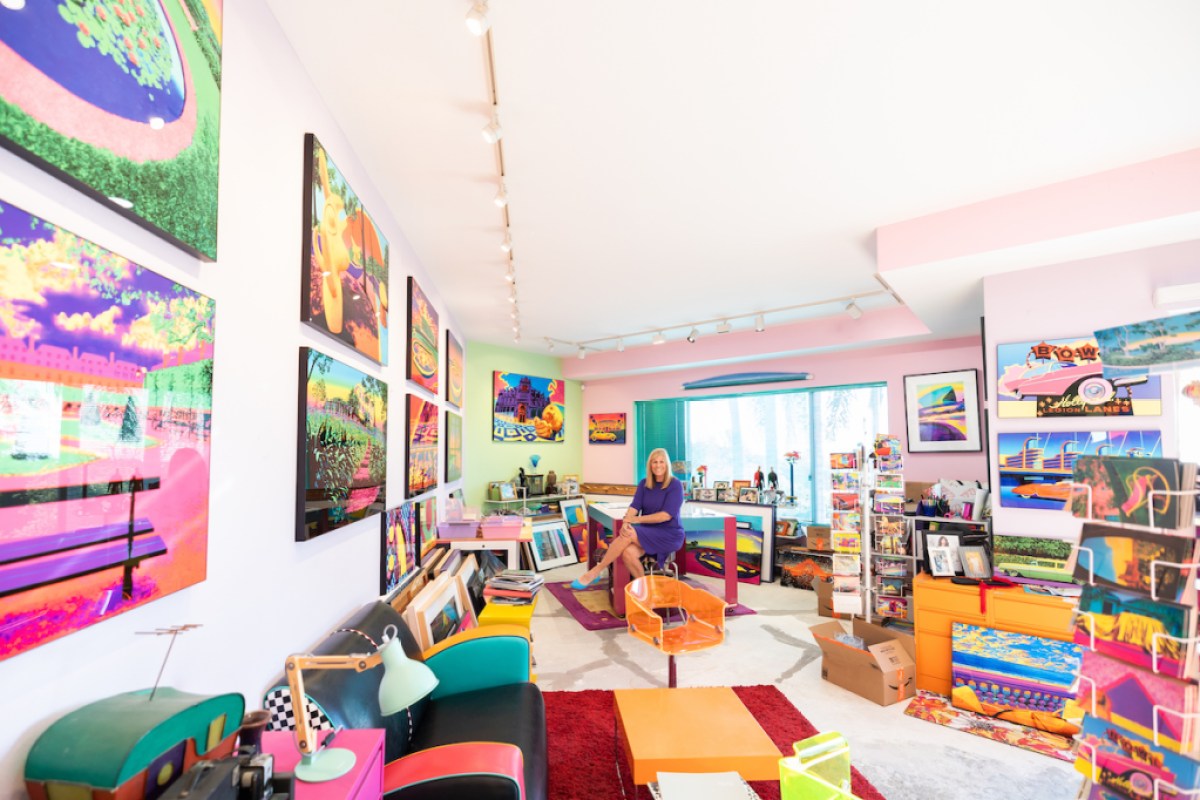
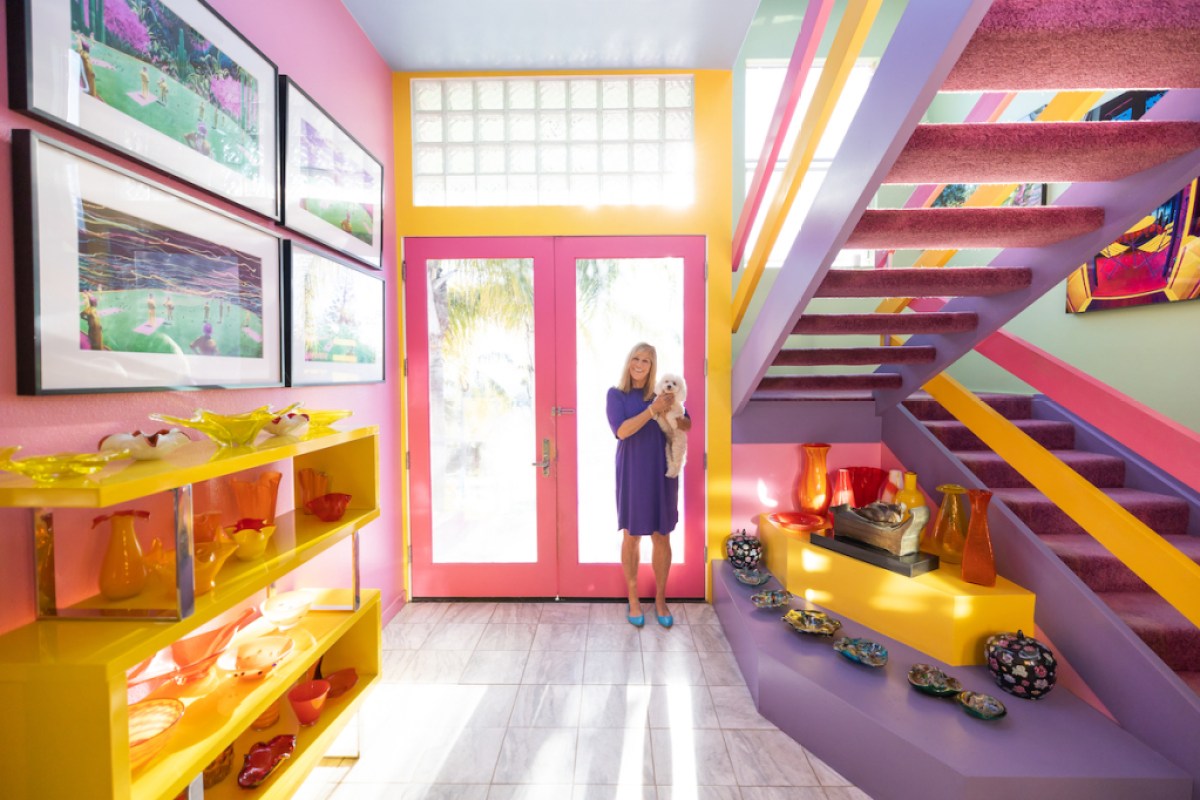
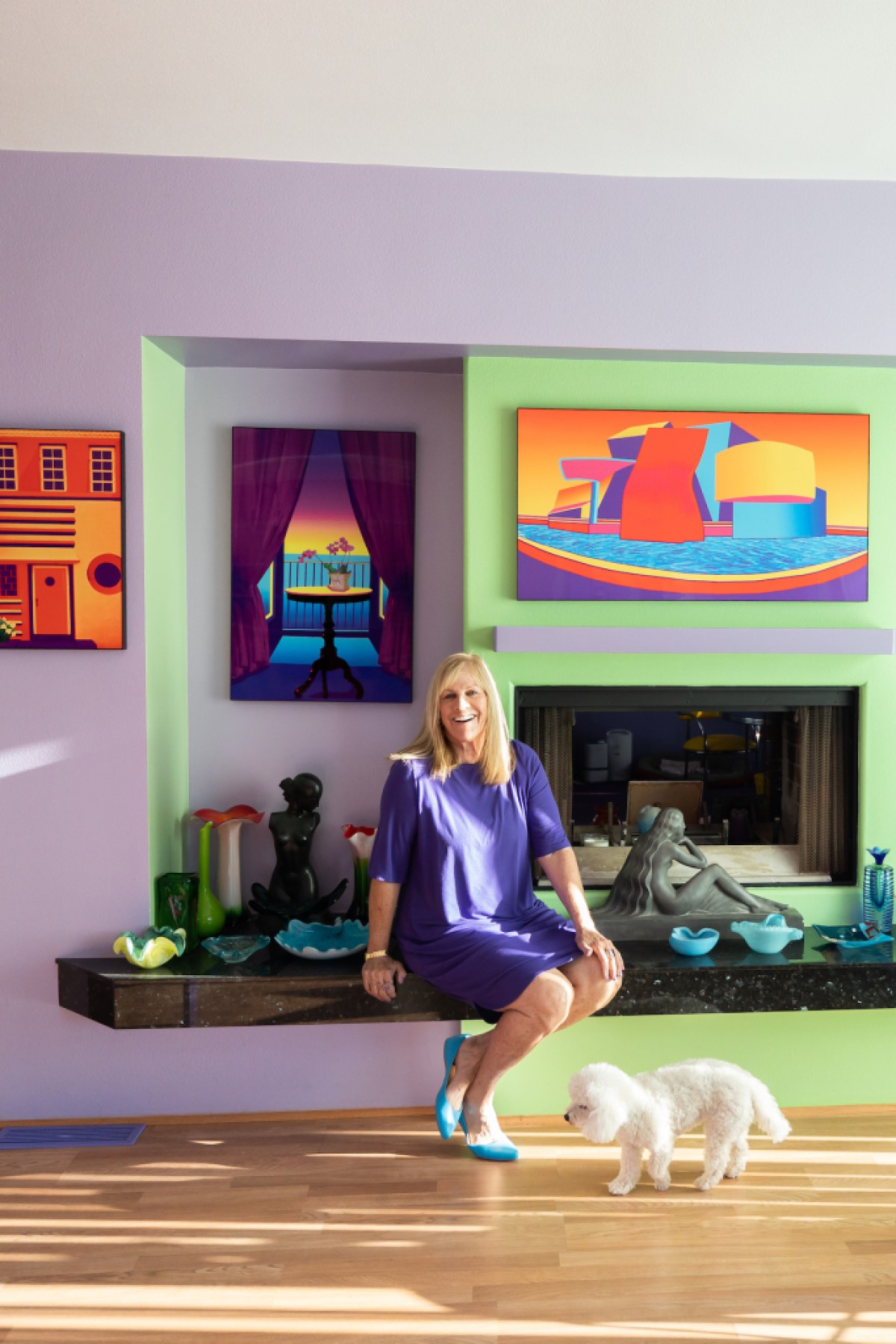
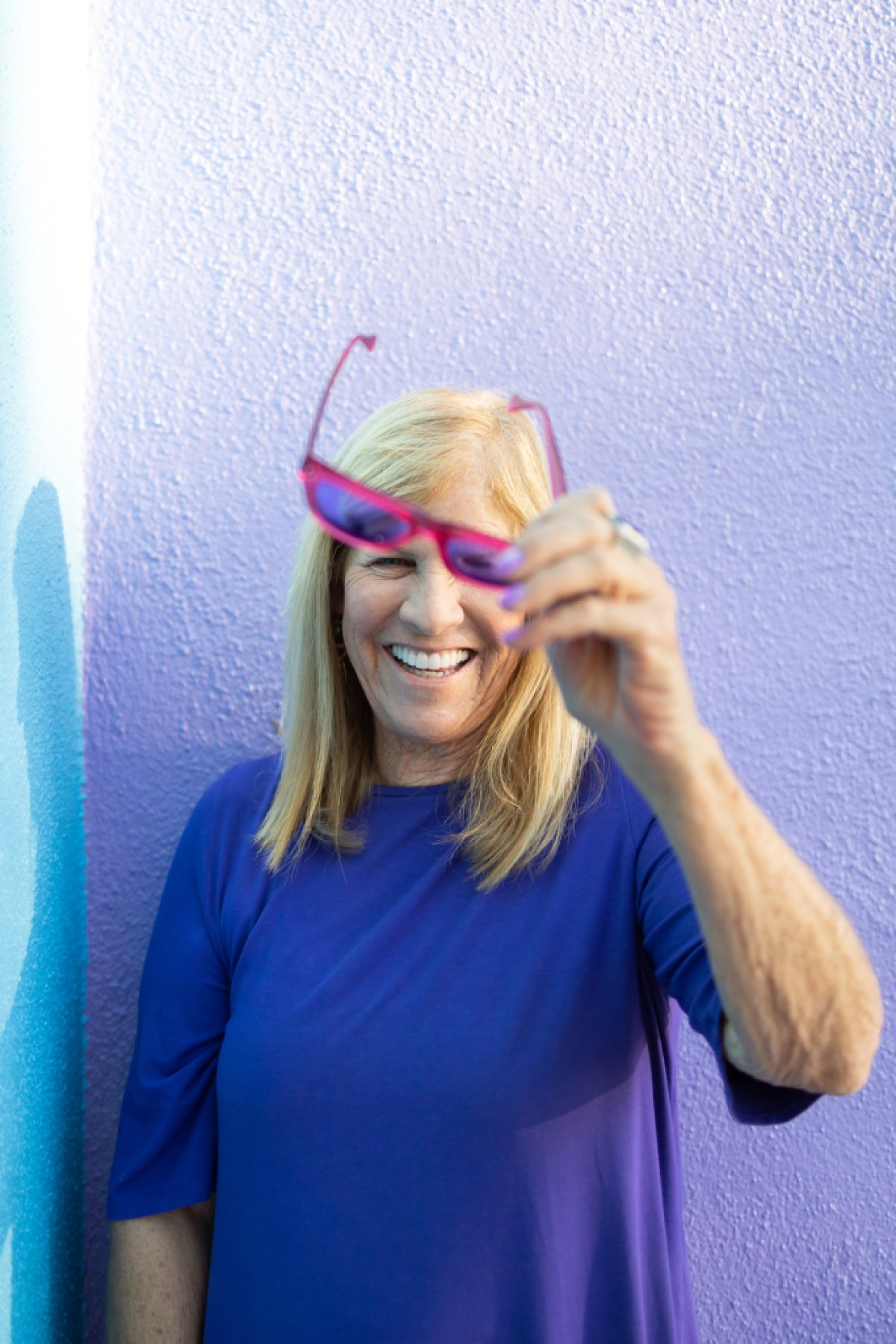
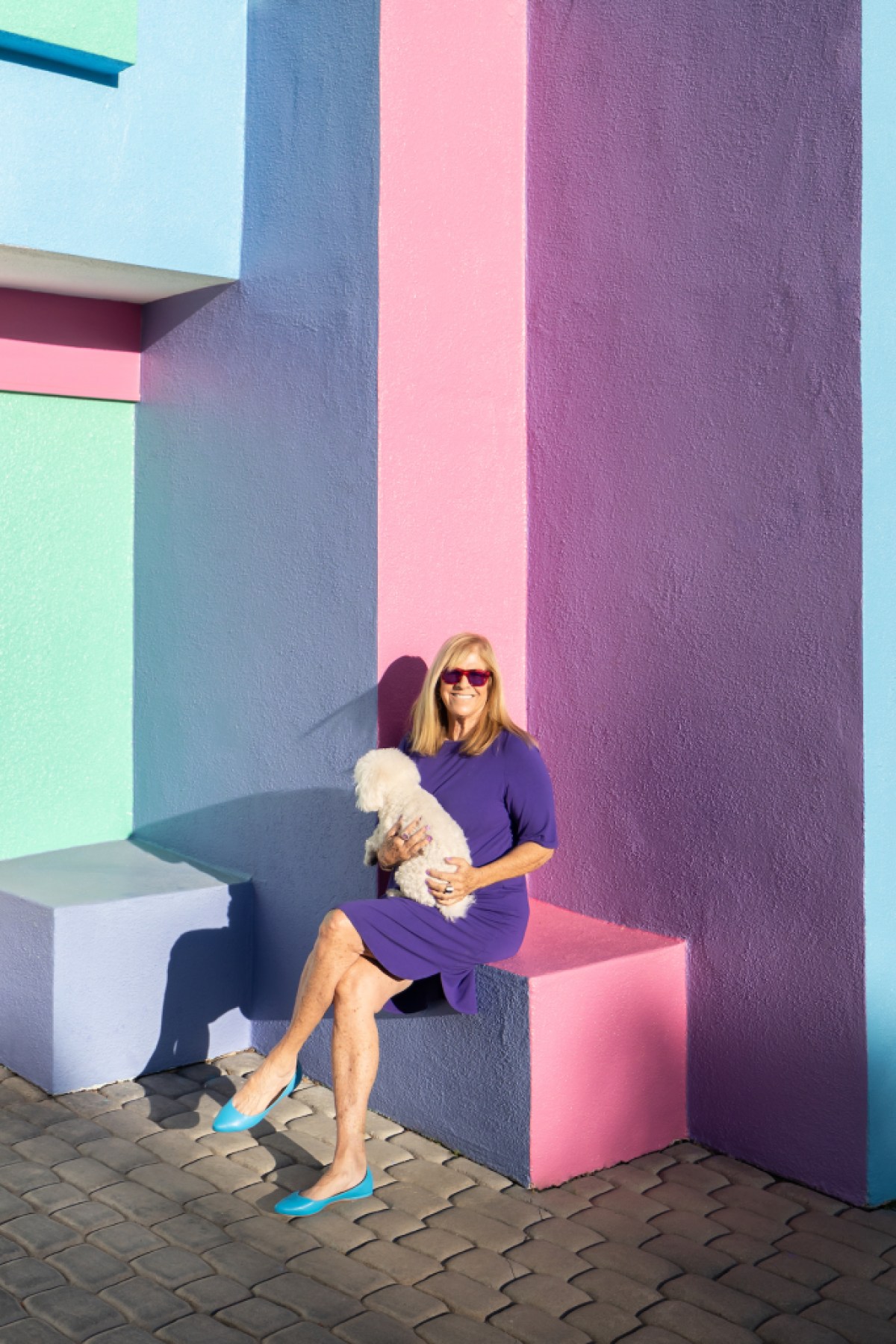
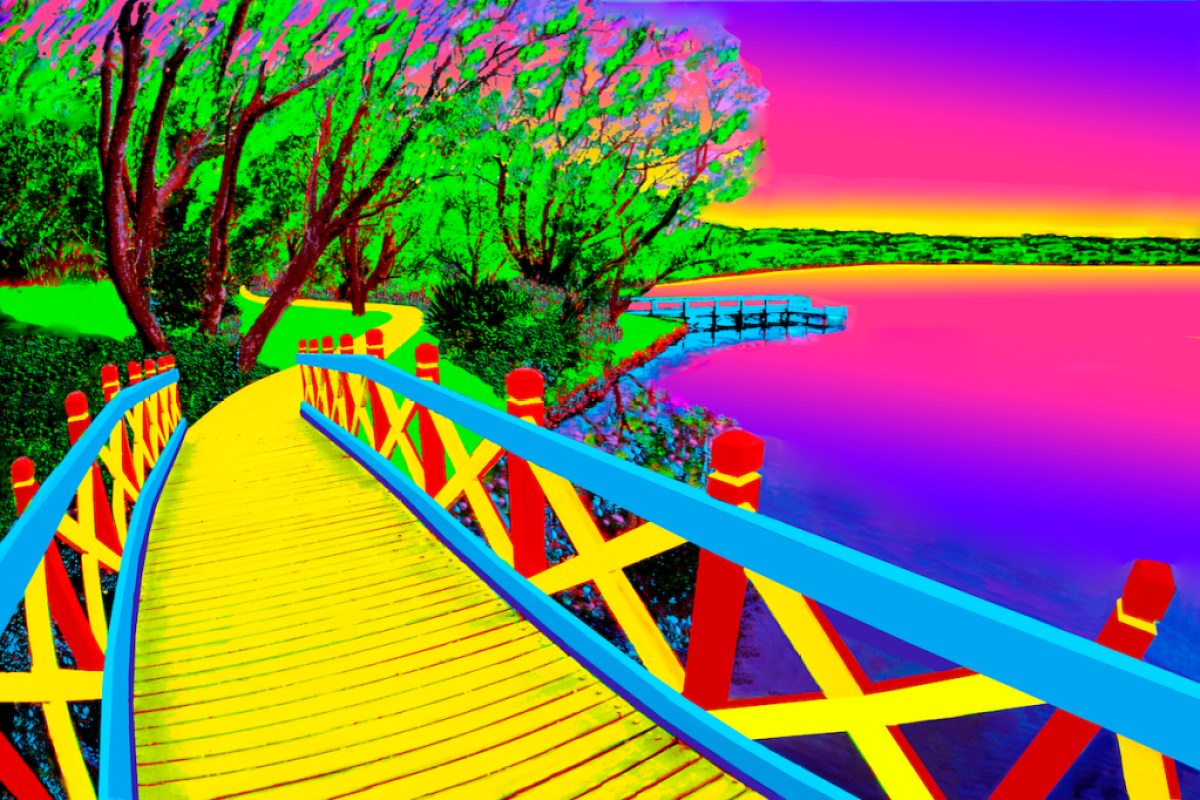
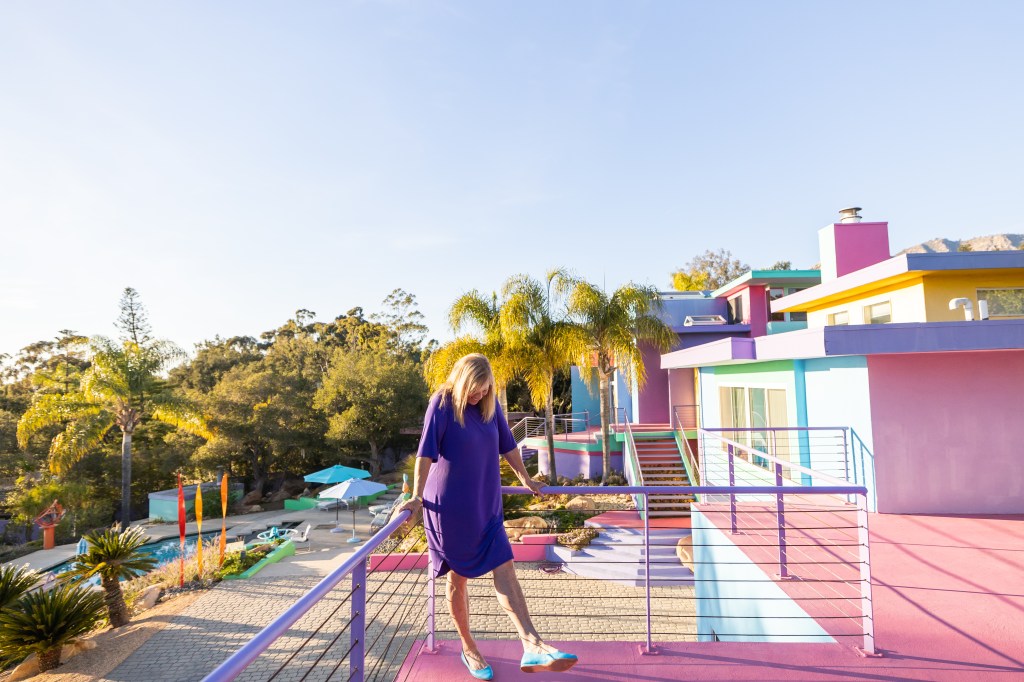



You must be logged in to post a comment.